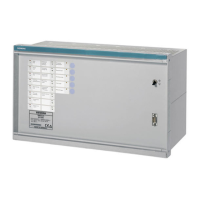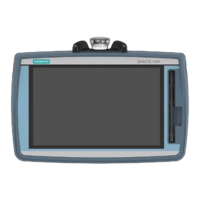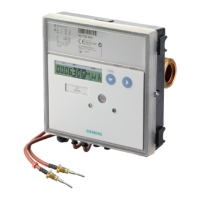Sample Information
Blood sample procurement must be carried out under proper medical
supervision, including site selection, specific procedures utilized, and
sample handling documentation. Sterile technique is required at all
times to avoid infection of the puncture site. The specific details of any
collection must be approved by the medical person responsible.
CAUTION: Interpret results from patients anesthetized with halothane
or nitrous oxide with care as the pO
2
values may be unreliable.
BIOHAZARD: All samples must be treated with the caution accorded to
those known to contain pathogenic organisms.
Sample Types
Arterial blood has been widely recommended for use in blood gas
studies because it accurately reflects acid-base physiology and
oxygenation status. Routinely, arterial blood may be obtained from the
radial, femoral or brachial arteries. Other sites may be used following
catheterization or surgical procedures.
Venous blood can provide satisfactory pH and pCO
2
values; however,
venous pO
2
samples may not be significant in routine clinical study
without simultaneous study of arterial pO
2
.
Venous samples can be obtained using vacuum tube collection systems,
from an anticubital vein. Other sites may be used as necessary.
Reported venous oxygen saturation values must be labelled as such to
allow the correct interpretation of the results.
Capillary blood, when carefully collected under the proper conditions
closely resembles arterial blood and may be used for blood gas studies.
Capillary analysis has the advantage that only small quantities of
blood are necessary for measurement. Capillary blood may be obtained
from the heel, finger or earlobe. The chosen area should be prewarmed
or otherwise stimulated to promote arterial circulation before the
puncture. The puncture should be deep enough to make sure that the
blood flow is free and rapid.
Syringes
Blood samples collected in Siemens Healthcare Diagnostics heparinized
syringes or equivalent are satisfactory for use with the 248. The syringe
must be filled completely as incomplete filling will raise the level of
heparin in respect to the sample. Room air contamination, a concern in
pO
2
determinations, can be minimized by avoiding drawing air into the
sample. Immediately after drawing the sample, expel all air from the
syringe, cap securely and thoroughly mix the sample.
Capillary Tubes
Capillary blood should be collected using Siemens capillary tubes. The
minimum sample volume from a capillary is 60 μL. The capillary tube
should be completely filled and the ends securely capped. The samples
must be mixed thoroughly.
CAUTION: If you use a mixing flea, remove the flea prior to sampling to
prevent damaging the 248.
Understanding the System Page 1-9

